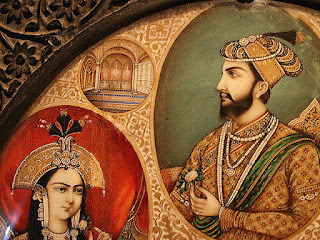The following battles are the most important in the history of India The Mahabharata War, 3102 BC The Mahabharata war was a great civil war fought among cousins and brothers for the succession of the throne of the Kuru Kingdom, the capital of which was in the region of the modern Delhi, then known as Kurukshetra. Battle of the Hydaspes (Jhelum), 326 BC Battle of the Hydaspes (Jhelum) was fought in 326 BC between Alexander and King Porus of Punjab. Porus was defeated by Alexander who restored him to his kingdom as a vassal. Seleucid–Mauryan War, 305 BC The Seleucid–Mauryan War was fought in about 305 between Alexander’s general Seleucus I Nicator and Chandragupta Maurya, the founder of the Mauryan empire. The battle, that took place in western India, ended in the defeat of Seleucus I Nicator who had to yield parts of what is now Afghanistan to Chandragupta Maurya. . Seleucus I Nicator, in exchange, received 500 elephants. Kaling War, 261 BC The Kaling War was fought between Ashoka






